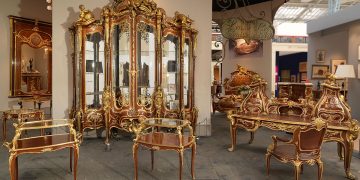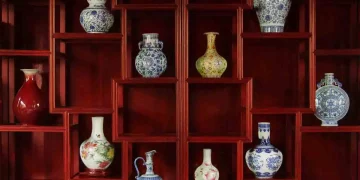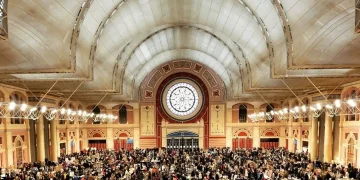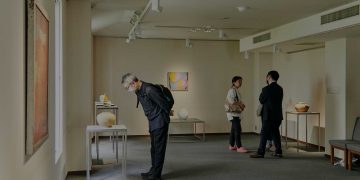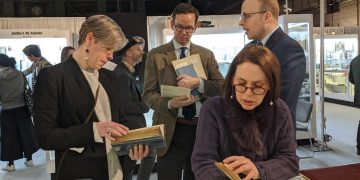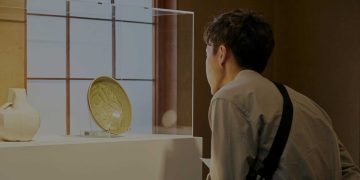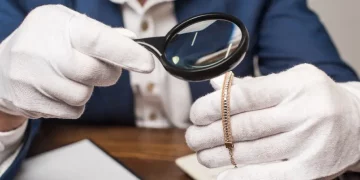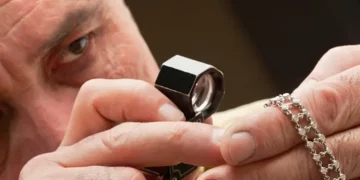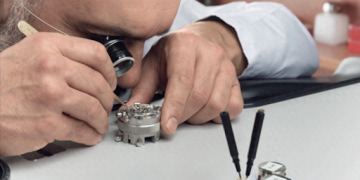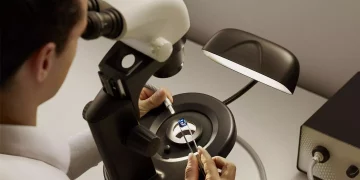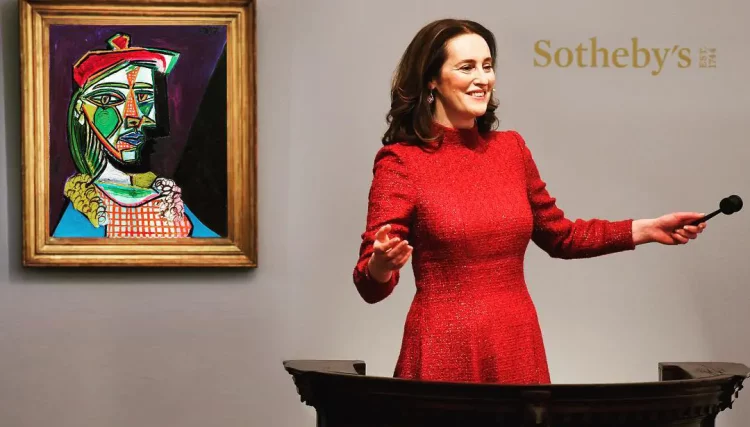When it comes to selling rare collectibles at auction, one of the biggest factors that will influence the final sale price is how well the item has been maintained and stored. Collectors, dealers, and auction houses alike are drawn to items that are in pristine condition with provenance and authenticity well-documented. If you want to ensure your collectibles reach their highest value at auction, it’s essential to consider how you’ve preserved and stored them long before they hit the bidding block.
In this article, we’ll walk you through the key strategies for maintaining and storing your treasures so that they’re auction-ready. With the right care, you can dramatically increase the chances of maximizing your auction return.
1. First Impressions Matter: Condition is King
Whether you’re looking to auction off artwork, vintage cars, rare coins, or antique furniture, one thing remains consistent: condition is a critical factor in determining the final hammer price. Auction houses and buyers alike will often avoid items that show signs of damage, neglect, or poor preservation.
Key Considerations for Maintaining Condition:
- Routine Inspections: Before sending any collectible to auction, it’s crucial to conduct a thorough condition check. Is there any fading, discoloration, or signs of wear and tear? Document any flaws carefully, as honest transparency can help you avoid future disputes with buyers.
- Preventative Measures: For fragile items like paintings or vintage documents, apply protective measures like UV-protective glass or climate-controlled storage to prevent deterioration. Similarly, for vintage cars or luxury watches, periodic cleaning and servicing will ensure they remain in optimal condition.
How to Maintain Condition:
- For Artworks: Store in climate-controlled environments and avoid excessive exposure to light. Use proper framing with archival materials to prevent deterioration.
- For Coins and Jewelry: Keep them in anti-tarnish pouches or display cases to protect against moisture and air exposure. Avoid touching them with bare hands to prevent oils from your skin from causing corrosion.
- For Furniture: Regularly clean with appropriate, non-abrasive products. Consider furniture polish designed for antique wood to preserve its shine and prevent cracking or splintering.
2. Proper Storage: The Cornerstone of Preservation
Where and how you store your collectibles can dramatically impact their condition and market value. Auction houses are more likely to accept items that have been well-stored and preserved, as they are easier to inspect, authenticate, and appraise.
Essential Storage Guidelines:
- Climate Control: Extreme temperatures and humidity fluctuations can lead to irreparable damage. For items like books, documents, and art, a temperature-controlled room is non-negotiable. A range of 60-70°F (15-21°C) with 50% humidity is optimal for most collectibles.
- Shelving and Storage Containers: For smaller items, such as coins, vintage toys, or jewelry, use acid-free boxes or custom shelves to prevent dust accumulation. Large items, such as antique furniture, should be stored in dry, temperature-controlled spaces with adequate padding to avoid scratches and bumps.
- Avoid Exposure to Light: Sunlight and even artificial light can cause fading or yellowing of delicate materials like paintings and textiles. Store items in a dark space or use UV-resistant glass to protect them.
Storage Tips:
- Protect from Pests: Ensure your storage area is free from insects or rodents. Use sealed storage containers and invest in pest-repellent solutions like cedar blocks or silica gel packets to prevent damage.
- Stacking: Never store valuable items on top of one another without protection. For example, when storing rare comic books or vintage toys, keep them individually bagged in archival-quality sleeves and stored in a cool, dry area.
3. Documentation and Provenance: Proof of Authenticity
Auction houses demand solid provenance before listing any collectible. Provenance refers to the ownership history, authenticity, and condition records of an item, all of which play a significant role in its value at auction.
Key Documentation Elements:
- Certificates of Authenticity (COAs): For many collectibles, including fine art and autographed memorabilia, a COA serves as proof of authenticity and helps to validate the item’s market value. Make sure you have the correct documentation from reputable sources such as dealers, auction houses, or art experts.
- Provenance Records: A well-documented history of ownership and exhibition for fine art or antiques boosts their desirability. Keep receipts, exhibition histories, gallery records, and auction house certificates.
- Condition Reports: Accurate and detailed condition reports are vital, particularly for fragile collectibles like antique furniture and fine china. Auction houses often require sellers to provide these reports to ensure that items are in good condition.
How to Ensure Proper Documentation:
- Gather and Organize All Documents: Keep a dedicated file for each item in your collection that contains authenticity certificates, purchase receipts, and appraisal reports.
- Work with Reputable Experts: When acquiring valuable items, ensure they are authenticated by recognized experts or third-party appraisers. This can save you time and effort when it comes to proving the authenticity and value of the item.
4. Repairs and Restoration: Know When to Seek Professional Help
While minor touch-ups and cleaning can help preserve the value of collectibles, restoration should be handled by professionals. Overzealous cleaning or amateur repairs can often lead to more harm than good.
Key Restoration Guidelines:
- Preserve Originality: In many cases, auction houses and buyers value the original state of an item more than a heavily restored piece. If there’s minor damage, it’s often better to leave it as-is rather than over-restore.
- Seek Professional Restorers: For more significant issues, such as broken ceramics, faded paintings, or damaged furniture, consult professional conservators and restoration experts who specialize in fine art or antiques. These experts can help restore the piece without compromising its value.
- Document Restoration Efforts: Always document any restoration work performed, as it will help potential buyers understand what was done and whether it affects the piece’s value.
When to Avoid Restoration:
- Vintage and Antique Items: For vintage and antique items, especially in the case of furniture or paintings, patina (the natural wear and aging) is often viewed as a sign of authenticity and age. Over-restoring such pieces can diminish their value.
- Coins and Paper Collectibles: Never attempt to clean or restore rare coins or documents on your own, as even minor cleaning can damage their value.

5. Professional Appraisal and Auction House Selection
Before sending your collectibles to auction, it’s highly recommended to get a professional appraisal. This helps you understand the true market value of your item, giving you realistic expectations about its auction potential.
How to Appraise Your Items:
- Consult Reputable Appraisers: Professional appraisers can offer a thorough evaluation of your collectible and provide a written report that can help you determine the correct starting bid or reserve price for your auction.
- Market Comparison: An appraiser will compare your item with similar objects that have recently sold at auction, giving you an accurate sense of its potential value. This will ensure that you don’t under- or overestimate its worth.
Choosing the Right Auction House:
- Reputation: Work with well-established auction houses like Sotheby’s, Christie’s, or Phillips to increase your chances of getting top-dollar for your item. These houses have a large pool of high-net-worth buyers who are interested in rare and valuable items.
- Specialized Auction Houses: For niche collectibles (e.g., vintage cars, comic books, rare sports memorabilia), consider working with an auction house that specializes in that particular category. Specialized houses will have a targeted audience of collectors who are more likely to appreciate and bid on your item.
6. Timing the Auction: Market Trends and Seasonal Factors
The timing of your auction can have a significant impact on the final price. The art market, for example, can be highly influenced by seasonal trends and economic factors.
Best Time to Auction:
- Avoid Low Demand Periods: Consider avoiding times of the year when demand is lower, such as during the summer or around major holidays. Typically, the fall and spring months are the most lucrative for auctioning fine art and collectibles, as buyers are more likely to be actively looking to add to their collections.
- Monitor Market Trends: Stay updated on market trends and global economic conditions. The value of certain collectibles (such as artworks or vintage cars) can fluctuate depending on the economic climate.
Conclusion: Maximize Your Auction Potential
Ensuring that your collectibles fetch a high price at auction is a combination of meticulous preservation, accurate documentation, and knowing the right time and place to sell. By following these maintenance, storage, and appraisal strategies, you will significantly increase the chances of achieving your desired auction results. Remember, well-preserved and properly stored items are more likely to attract serious buyers and command top dollar when it’s time to sell.
By investing time in proper care today, you’re ensuring your collectibles remain in optimal condition, ready for a successful auction tomorrow.



